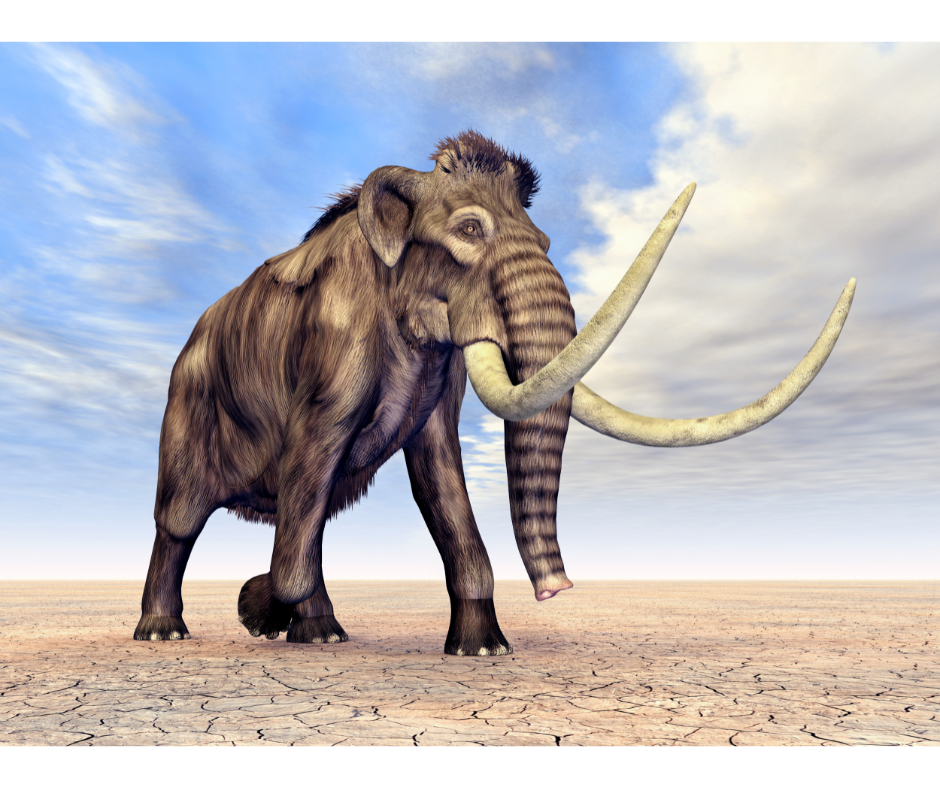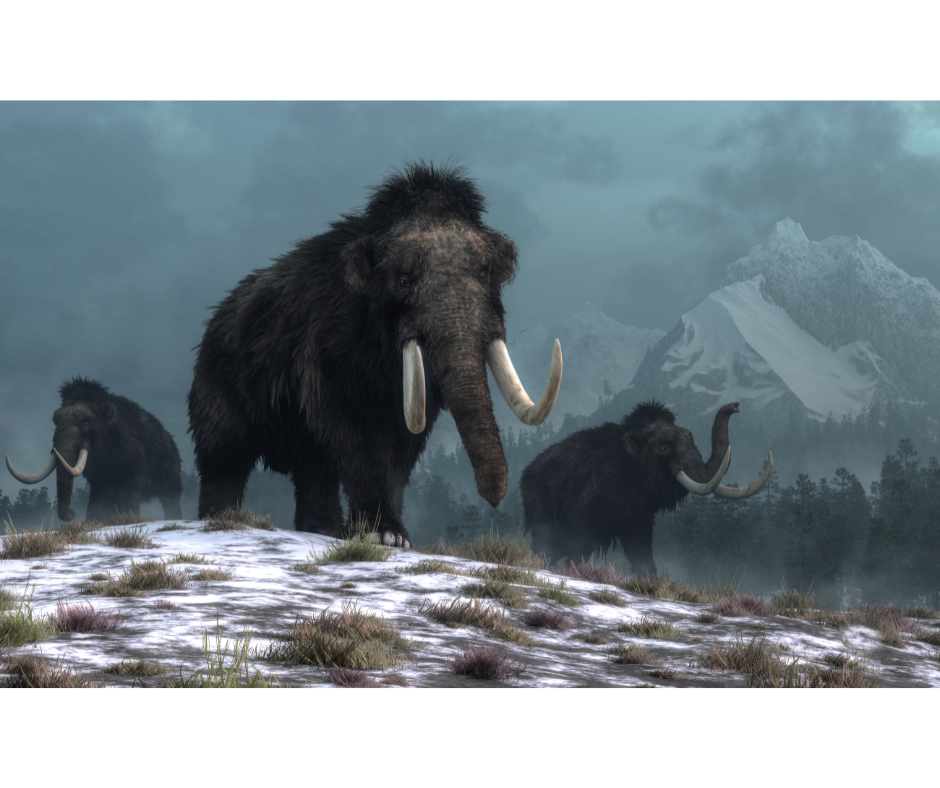An international team of scientists has successfully sequenced the genome of the woolly mammoth, an extinct pachyderm that roamed the earth during the Stone Age. The researchers worked with two mammoth specimens from different eras and parts of Russia, one nearly 45,000 years old and the other just 4,300 years old. This feat has provided the most comprehensive snapshot yet of the animal, which may facilitate efforts to bring it back to life after thousands of years of extinction.

The possibility of resurrecting the mammoth has generated considerable debate, with many questioning whether we should do so. Hendrik Poinar, an evolutionary geneticist at McMaster University, acknowledges that cloning a woolly mammoth is challenging, given that it takes two years for a mammoth to give birth to a single offspring, whereas other extinct animals could produce multiple litters in a single year. Furthermore, there are ethical issues to consider, including the risk of diverting resources from more pressing conservation projects and the role of human activity in the extinction of the species.
However, Poinar believes that the new genome data could enable us to bring back the mammoth within a few decades. While one group of scientists at Harvard University is already working on cloning a woolly mammoth by combining DNA from the extinct species with that of living Asian elephants, the goal is not just to create a Mammoth Park but to use the large elephants to help convert northern tundra back to grassland to insulate the permafrost and slow climate change.
In conclusion, the recent sequencing of the woolly mammoth genome is a significant achievement that could pave the way for the revival of the species. However, ethical and practical issues need to be addressed before any attempts are made to do so.
Join our private Facebook group to connect with like-minded individuals.


